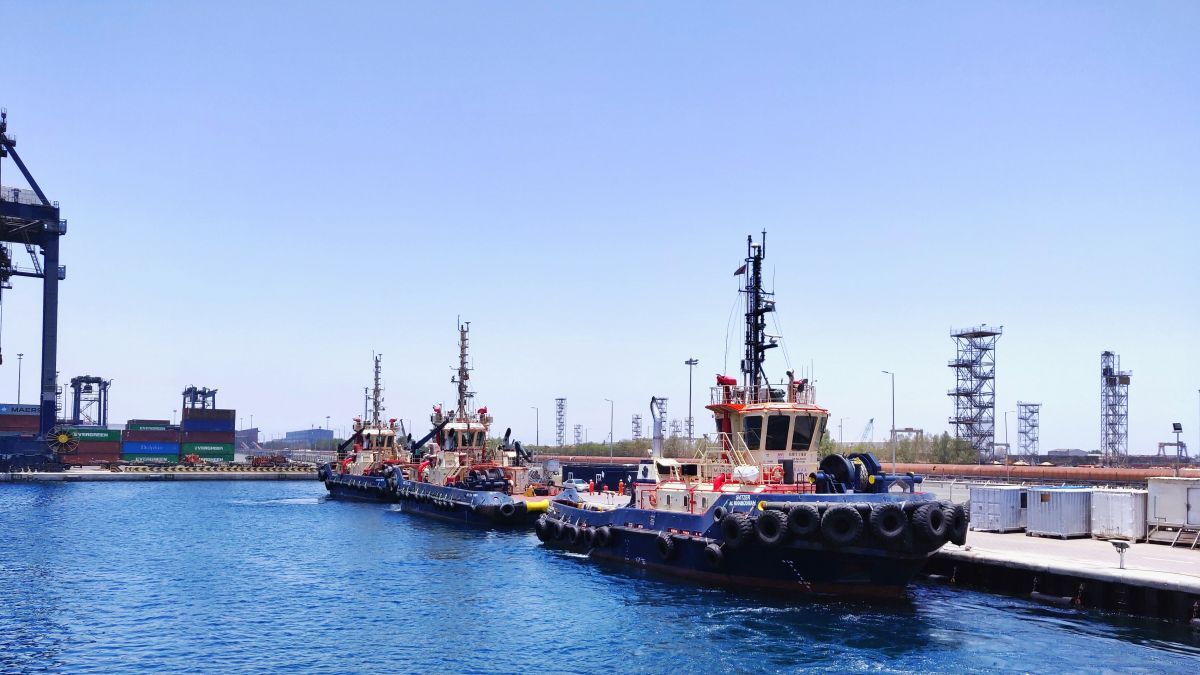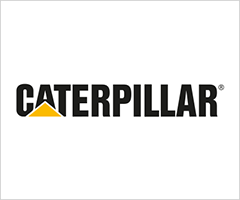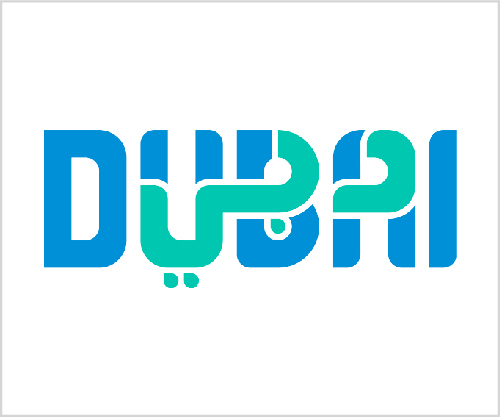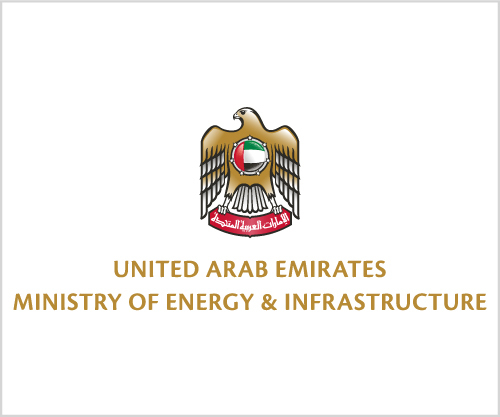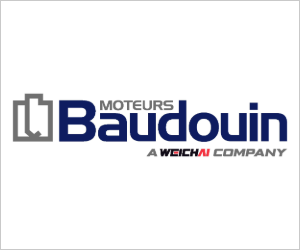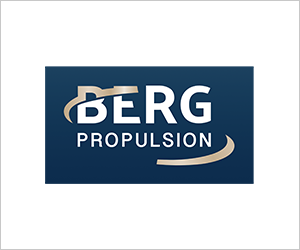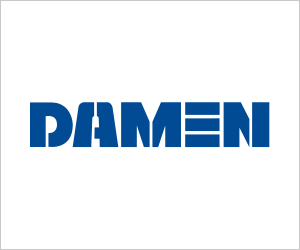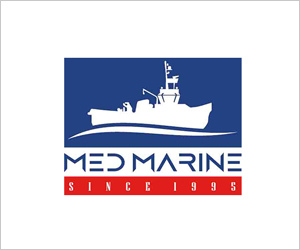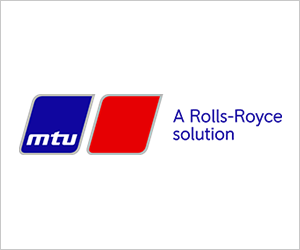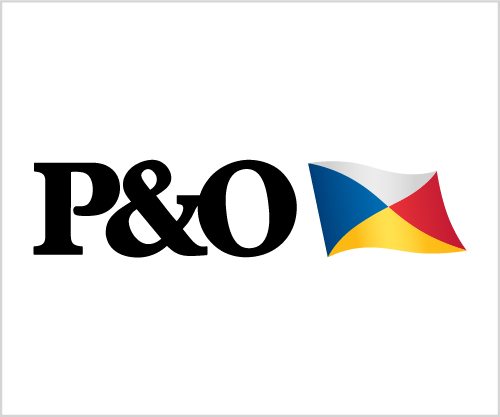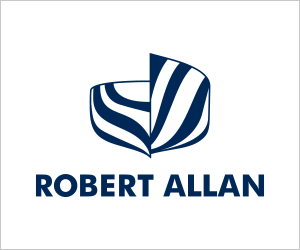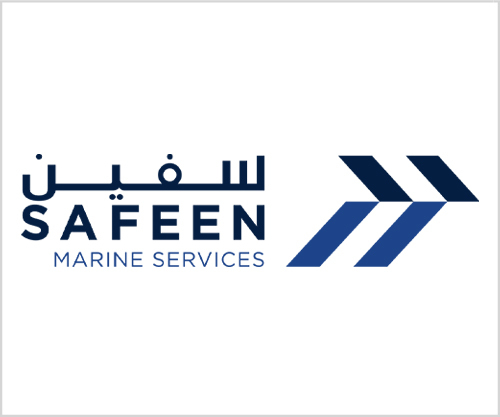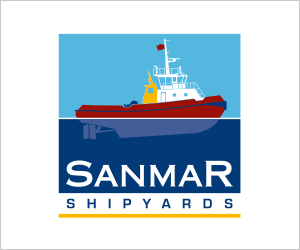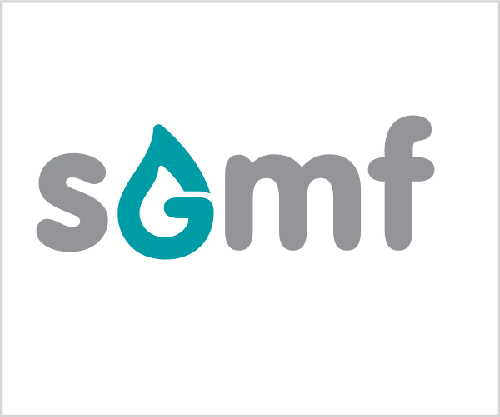Business Sectors
Events
Offshore Wind Webinar Week
Contents
Tug and salvage in the Middle East Gulf a microcosm of broader maritime and geopolitical challenges
Solving the ’puzzle’ of an ageing and undersupplied tug fleet, biofuels’ role in an international harbour decarbonisation joint venture and the geopolitics of Middle East salvage projects
A regional overview of the tug and salvage sector in the Middle East Gulf region reflected some of the broad trends at play across the disparate group of energy-rich economies that make up the region.
Examples of hyper-locality and fragmented investment in vessels stood alongside those of international collaboration on decarbonisation and the impact of geopolitics on salvage operations in the region in the second session of Riviera Maritime Media’s International Tug & Salvage Convention, Exhibition and Awards.
Calling the Middle East a crossroads in which tugs play a vital role in shepherding the giant vessels and cargoes that keep the global economy moving and managing dense vessel traffic through strategic chokepoints like the Strait of Hormuz and Suez Canal, Safeen Group commercial and business development director Ferlin Brown offered an overview of the challenges impacting efforts to renew tug fleets and meet regional shipping needs.
With demand for modern tugs in the region soaring and unlikely to abate and an ageing tug fleet, the likelihood of righting a persistent demand-supply imbalance is low, Mr Brown said.
Demand growth in the region is being propelled by infrastructure-level economic forces that include the expansion of port facilities, increased energy exports and new maritime infrastructure project development.
In contrast, Mr Brown said fleet modernisation efforts in the nations around the Middle East Gulf are, not dissimilarly to the rest of the world, hyper-local. This hyper-locality, Mr Brown said, is reflected in the age demographics of the region’s tug fleet, "varying widely across jurisdictions".
The primary challenge to fleet modernisation is not difficult to explain, according to Mr Brown. "Tugs are hanging around longer than the 20-year lifecycle," he said.
This longevity is having an impact on the sector’s capabilities in serving ever larger ships, with tugs built in the late 1990s or early 2000s being built to service the smaller tonnage present in the market in that time.
Another challenge to fleet moderinsation, Mr Brown said, is rising costs, driven, in part, by the supply chain dislocations of the Covid and post-Covid era.
"In the last 12 months, the price of a newbuild tug has increased at least 20-25%," he said.
Vessel components, such as engines or winches, have seen upticks in price for "various reasons" that include sourcing vital materials.
“What started, I believe, with Covid, has not improved a lot,” Mr Brown said. "Even though shipyards are trying to address these issues, I think that, as a whole, the shipyards need to do more."
Near the top of Mr Brown’s wish list for shipyards would be lowering building lead times into the region of six to 12 months. Given the challenges, however, that time frame seems unlikely, he said.
"It is a challenge if you want to compete on the international stage for tug shipbuilding, here in the Middle East.”
Port decarbonisation in the region, too, faces challenges, but SOHAR Industrial Port Co marine project and policy system lead Asaad Al Siyabi said he believes regional ports can act as change agents as the maritime sector strives to meet the International Maritime Organization-mandated goal of decarbonisation by 2050.
The SOHAR Port and Freezone project is a joint venture between Omani logistics specialists ASYAD Shipping and the Port of Rotterdam that is aiming to reduce the port’s emissions through the use of biofuels, with stakeholders including Svitzer, Caterpillar, Hormuz, Wakud and PGS.
The specific objective of the project is to operate tugs on biofuel, targeting five tugs, with three from Svitzer already operating on a B20 fuel mixture made up of 20% fatty acid methyl esters (FAME) biofuel, according to industry sources.
With maritime operations contributing up to 85% of greenhouse gas (GHG) emissions at the port, 8,000 tonnes of CO2 emitted in 2023 alone, and an upwards trend for emissions, the project is working to "be frontrunners in GHG reduction, regionally," Mr Al Siyabi said.
Already underway with "a five-year plan to reduce emissions by 20% by 2027," Mr Al-Siyabi said, "our plan is to reduce 10% of our emissions by 2024.”
Among the challenges the project faces, Mr Al Siyabi listed resistance to change among stakeholders, price, the variable quality of biofuel and its availability in the market.
To counter these challenges, the JV intends to develop a bunkering study and marine services, develop a framework on energy transition for the port, develop a mass flow meter and add to the port’s greening through various initiatives.
In the Middle East Gulf salvage sector, the challenges faced encompass both market and geopolitical forces.
While operators struggle to compete in an industry with shipping’s ever-improving safety record, UAE-based Mubarak Marine commercial and sales manager Zia Ansari outlined case studies showing the impact of geopolitics in salvage operations.
In terms of market competition, Mr Ansari said, "There has been a decline in incidents here over the years – no different from the rest of the industry – it makes it more challenging and results in more consolidation."
Mr Ansari’s case study on the salvage sector’s intersection point with geopolitics centred on the grounding of container vessel Santa Rosa in 2015.
Laden with more than 1,000 containers, 39,000-dwt Santa Rosa grounded at a speed of 14 knots and "punched a hole" into a shoal off Abu Musa island in the Middle East Gulf, as Mr Ansari described it.
In addition to the complexities of salvage operations in a high-speed grounding, Mubarak Marine had to contend with the fact that Abu Musa island is a disputed territory claimed by both Iran and the UAE and was subject to enhanced scrutiny by both sides in the dispute.
With Iran’s military dictating operations, the salvage operations were limited in scope.
Iranian authorities allowed Mubarak Marine only seven days to attempt to refloat the vessel, every vessel used had to be non-UAE-flagged and salvors had to contend with military firing exercises in the vicinity.
"Every step of the salvage was possible only with the authorities’ consent," Mr Ansari said.
Drawing up a plan to refloat the vessel was a matter of both acounting for every potentiality and delicate communications with the military and national authorities involved.
The salvage plan was to ’swing’ the vessel to port and starboard as much as possible, undertake dive surveys to ensure there was no damage to the vessel, and ultimately to avoid sending containers overboard in the process.
The Mubarak Marine team employed a naval architect to model the operation and to update the model as events unfolded on site to ensure the forces on the vessel’s hull stayed within the limitations of its construction.
Five tugs “demonstrated their ability to overcome the ground reaction, giving us confidence,” Mr Ansari said, and on 16 October, on the seventh refloat attempt, the vessel was refloated successfully.
Sign up for Riviera’s series of technical and operational webinars and conferences:
- Register to attend by visiting our events page.
- Watch recordings from all of our webinars in the webinar library.
Tug and salvage in the Middle East Gulf a microcosm of broader maritime and geopolitical challenges
Solving the ’puzzle’ of an ageing and undersupplied tug fleet, biofuels’ role in an international harbour decarbonisation joint venture and the geopolitics of Middle East salvage projects
A regional overview of the tug and salvage sector in the Middle East Gulf region reflected some of the broad trends at play across the disparate group of energy-rich economies that make up the region.
Examples of hyper-locality and fragmented investment in vessels stood alongside those of international collaboration on decarbonisation and the impact of geopolitics on salvage operations in the region in the second session of Riviera Maritime Media’s International Tug & Salvage Convention, Exhibition and Awards.
Calling the Middle East a crossroads in which tugs play a vital role in shepherding the giant vessels and cargoes that keep the global economy moving and managing dense vessel traffic through strategic chokepoints like the Strait of Hormuz and Suez Canal, Safeen Group commercial and business development director Ferlin Brown offered an overview of the challenges impacting efforts to renew tug fleets and meet regional shipping needs.
With demand for modern tugs in the region soaring and unlikely to abate and an ageing tug fleet, the likelihood of righting a persistent demand-supply imbalance is low, Mr Brown said.
Demand growth in the region is being propelled by infrastructure-level economic forces that include the expansion of port facilities, increased energy exports and new maritime infrastructure project development.
In contrast, Mr Brown said fleet modernisation efforts in the nations around the Middle East Gulf are, not dissimilarly to the rest of the world, hyper-local. This hyper-locality, Mr Brown said, is reflected in the age demographics of the region’s tug fleet, "varying widely across jurisdictions".
The primary challenge to fleet modernisation is not difficult to explain, according to Mr Brown. "Tugs are hanging around longer than the 20-year lifecycle," he said.
This longevity is having an impact on the sector’s capabilities in serving ever larger ships, with tugs built in the late 1990s or early 2000s being built to service the smaller tonnage present in the market in that time.
Another challenge to fleet moderinsation, Mr Brown said, is rising costs, driven, in part, by the supply chain dislocations of the Covid and post-Covid era.
"In the last 12 months, the price of a newbuild tug has increased at least 20-25%," he said.
Vessel components, such as engines or winches, have seen upticks in price for "various reasons" that include sourcing vital materials.
“What started, I believe, with Covid, has not improved a lot,” Mr Brown said. "Even though shipyards are trying to address these issues, I think that, as a whole, the shipyards need to do more."
Near the top of Mr Brown’s wish list for shipyards would be lowering building lead times into the region of six to 12 months. Given the challenges, however, that time frame seems unlikely, he said.
"It is a challenge if you want to compete on the international stage for tug shipbuilding, here in the Middle East.”
Port decarbonisation in the region, too, faces challenges, but SOHAR Industrial Port Co marine project and policy system lead Asaad Al Siyabi said he believes regional ports can act as change agents as the maritime sector strives to meet the International Maritime Organization-mandated goal of decarbonisation by 2050.
The SOHAR Port and Freezone project is a joint venture between Omani logistics specialists ASYAD Shipping and the Port of Rotterdam that is aiming to reduce the port’s emissions through the use of biofuels, with stakeholders including Svitzer, Caterpillar, Hormuz, Wakud and PGS.
The specific objective of the project is to operate tugs on biofuel, targeting five tugs, with three from Svitzer already operating on a B20 fuel mixture made up of 20% fatty acid methyl esters (FAME) biofuel, according to industry sources.
With maritime operations contributing up to 85% of greenhouse gas (GHG) emissions at the port, 8,000 tonnes of CO2 emitted in 2023 alone, and an upwards trend for emissions, the project is working to "be frontrunners in GHG reduction, regionally," Mr Al Siyabi said.
Already underway with "a five-year plan to reduce emissions by 20% by 2027," Mr Al-Siyabi said, "our plan is to reduce 10% of our emissions by 2024.”
Among the challenges the project faces, Mr Al Siyabi listed resistance to change among stakeholders, price, the variable quality of biofuel and its availability in the market.
To counter these challenges, the JV intends to develop a bunkering study and marine services, develop a framework on energy transition for the port, develop a mass flow meter and add to the port’s greening through various initiatives.
In the Middle East Gulf salvage sector, the challenges faced encompass both market and geopolitical forces.
While operators struggle to compete in an industry with shipping’s ever-improving safety record, UAE-based Mubarak Marine commercial and sales manager Zia Ansari outlined case studies showing the impact of geopolitics in salvage operations.
In terms of market competition, Mr Ansari said, "There has been a decline in incidents here over the years – no different from the rest of the industry – it makes it more challenging and results in more consolidation."
Mr Ansari’s case study on the salvage sector’s intersection point with geopolitics centred on the grounding of container vessel Santa Rosa in 2015.
Laden with more than 1,000 containers, 39,000-dwt Santa Rosa grounded at a speed of 14 knots and "punched a hole" into a shoal off Abu Musa island in the Middle East Gulf, as Mr Ansari described it.
In addition to the complexities of salvage operations in a high-speed grounding, Mubarak Marine had to contend with the fact that Abu Musa island is a disputed territory claimed by both Iran and the UAE and was subject to enhanced scrutiny by both sides in the dispute.
With Iran’s military dictating operations, the salvage operations were limited in scope.
Iranian authorities allowed Mubarak Marine only seven days to attempt to refloat the vessel, every vessel used had to be non-UAE-flagged and salvors had to contend with military firing exercises in the vicinity.
"Every step of the salvage was possible only with the authorities’ consent," Mr Ansari said.
Drawing up a plan to refloat the vessel was a matter of both acounting for every potentiality and delicate communications with the military and national authorities involved.
The salvage plan was to ’swing’ the vessel to port and starboard as much as possible, undertake dive surveys to ensure there was no damage to the vessel, and ultimately to avoid sending containers overboard in the process.
The Mubarak Marine team employed a naval architect to model the operation and to update the model as events unfolded on site to ensure the forces on the vessel’s hull stayed within the limitations of its construction.
Five tugs “demonstrated their ability to overcome the ground reaction, giving us confidence,” Mr Ansari said, and on 16 October, on the seventh refloat attempt, the vessel was refloated successfully.
Sign up for Riviera’s series of technical and operational webinars and conferences:
- Register to attend by visiting our events page.
- Watch recordings from all of our webinars in the webinar library.
Venue:
Dubai Trade Centre,
Sheikh Zayed Road,
Dubai, United Arab Emirates
Tel: +971 (0)4 389 3999
Email: care@dwtc.com
Event Organiser:
Riviera Maritime Media Ltd,
Mitre House, 66 Abbey Road,
Enfield EN1 2QN, UK
Phone: +44 20 8364 1551
Email: info@rivieramm.com
Quick Links:
Copyright 2022 Riviera Maritime Media Ltd.





